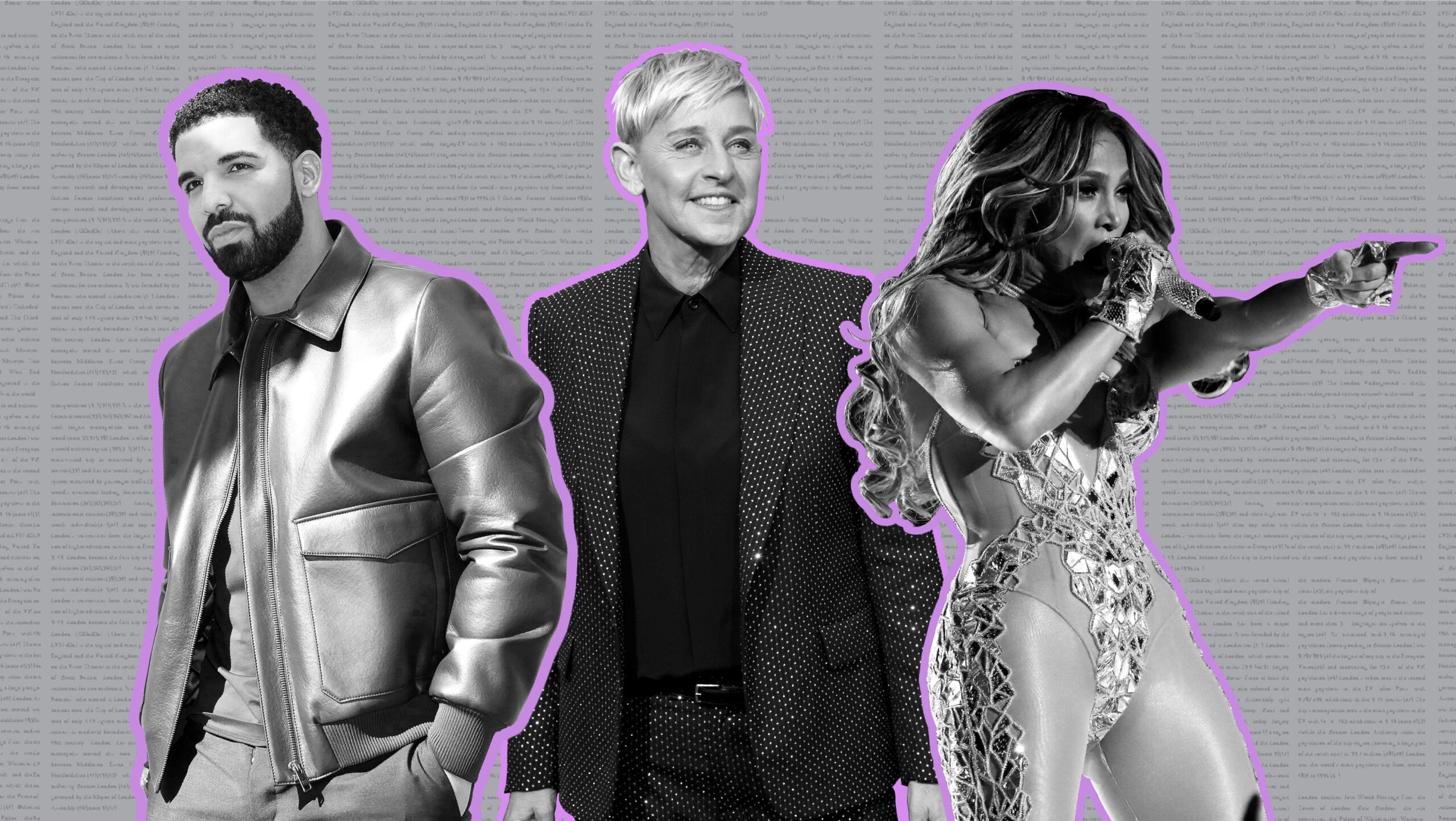Obsessions celebrates the pop culture fixations of queer, cosmically-destined BFFs Thomas Leblanc and Tranna Wintour, hosts of the CBC podcast Chosen Family.
More than five weeks into quarantine, I have to accept that none of the big projects I was contemplating before we went into lockdown will ultimately pan out. No Chris Hemsworth body, no joining Tik Tok and no bread making. Now that we’re facing a mounting death count in Canada and widespread economic uncertainty, the mere fact I can stay home and practice physical distancing is itself a huge privilege.
One way I occupy myself (instead of getting into the best shape of my life) is by watching even more home decor videos (I already watch too many). Seeing inside other people’s homes feels similar to riveting wildlife documentaries. Celebrities and boho hipsters are like human snow leopards: It excites me to see the interiors of their sprawling mansion, chic Parisian digs or overpriced, cramped Brooklyn studio. The source of my fascination comes from my mom, a home stager hired to make properties more appealing before they are put on the market. She’s taught me that most of us aren’t interested in seeing real homes, or how people really live. We want pristine. We want clean. We want luxurious escapism.
For a good laugh, I love watching a celebrity house tour. Just last month (though it feels like ages ago), Dakota Johnson unleashed a virtual storm on gay Twitter when she declared that she loves… limes. During the Architectural Digest’s tour of her house, she said: “I love them so much. And I love to present them like this,” pointing to a bowl of limes so green they appeared to be fake. To express one’s love for limes with such confidence is iconic. Honestly, you need to watch the whole clip—it’s so strange, it’s almost endearing.
Celebrities, especially those raised in Hollywood (like Johnson, the daughter of Melanie Griffith and Don Johnson), are notoriously oblivious to how normal people live. It’s cathartic to see them fail at achieving relatability, because it confirms their efforts are fraudulent. A little self-indulgent eccentricity never harmed anyone, but most celebrities seem tragically disconnected from the way most of us live—especially now that the pandemic is accentuating the long-standing effects of economic inequality, poverty and racism, as well as housing crises in many North American cities.
Take Ellen DeGeneres, who is allegedly leaving her TV crew in the dark about pay and hiring non-union staff to set up her home studio to air her show during lockdown. Or Drake, who showed off pictures of his new Toronto marble palace in the midst of a global recession, when most workers in the entertainment business are unsure if they’ll be able to work for the foreseeable future.
Escapism doesn’t cut it now; and watching real estate porn doesn’t feel inconsequential anymore. It’s one thing to seek inspiration on YouTube or Pinterest. It’s something else entirely to watch celebrities broadcast themselves from their home and try to examine their surroundings, like in the Gal Gadot-led trainwreck rendition of “Imagine” or Madonna’s tragic bathtub Instagram performance. It feels dirty to indulge famous people in their narcissism when precarity is more rampant than ever. But beyond that, this crisis has confirmed that all of us—famous or not—can’t “stage” our lives anymore. This is a moment of truth.
In terms of celebrity wildlife docs, last weekend’s One World: Together at Home benefit concert was a risky operation. The fundraiser, curated by Lady Gaga for the World Health Organization’s emergency relief fund, raised USD $128 million, mostly from corporate donations.
I was expecting another sad display of entitled celebrity behaviour. I was surprised to see that, beyond some platitudes, most stars who let viewers inside their homes seemed genuine in expressing their gratitude for health professionals, teachers and essential workers. Beyoncé provided the most political moment of the TV broadcast, highlighting how African Americans and those with pre-existing conditions are the most affected by the virus. (The pandemic is impacting Black communities like no other recent disaster, not even Hurricane Katrina.)
The TV broadcast had many highs, with artists like Billie Joe Armstrong, Lizzo and Taylor Swift choosing simplicity over grand expressions of grief or outrage.
But I’m not foolish: Celebrities will be celebrities. Elton John singing “I’m Still Standing” was great, but did his staff have to move the grand piano outside the house? Most other performers picked a down-to-earth setting—except for John Legend, who used his shelves of awards as a backdrop. The top prize for strangest performance goes to this column’s favourite, Jennifer Lopez, who sang a fully-produced version of the song “People” from Funny Girl outside beside a (fake?) tree wrapped in string lights. Why this song, you ask? Because JLo misses people, she said in the intro.
Despite my misgivings, it was great to take a peek inside celebrities’ homes, as noted by the Guardian’s Ben Beaumont-Thomas. Lady Gaga’s music room was “full of chaotic energy, featuring gold dumbbells and a suitcase pasted with sheet music,” he wrote. Her home, for one, didn’t appear perfectly staged. It looked real. It looked lived in.
The celebrity house tour can be a spectacle of rampant inequality, but it’s probably here to stay—even after the pandemic. I hope people with such a platform will learn from this time and shine a light on others, instead of making things about themselves. Now, if Drake and Ellen would just stop showing us their living spaces, that would be great.


 Why you can trust Xtra
Why you can trust Xtra


